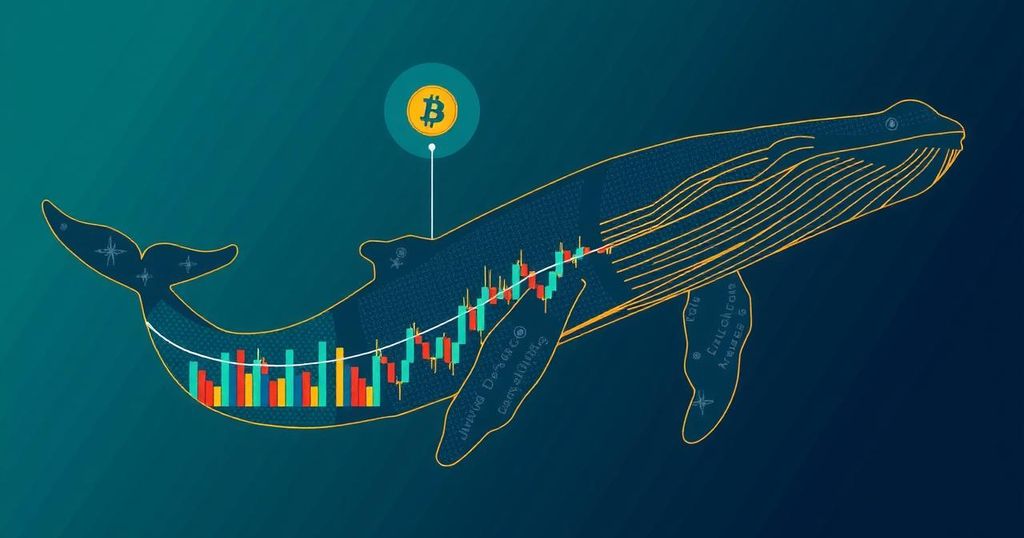Exploring the Role and Influence of Cryptocurrency Whales in the Market
**Understanding Cryptocurrency Whales: Their Influence on the Market**
In the realm of cryptocurrency, a “whale” refers to an individual or entity that possesses a substantial amount of a digital currency, enabling them to exert significant influence over market liquidity and pricing dynamics. The activities of these whales are often scrutinized by investors and analysts alike, given their potential to impact market movements dramatically.
**Defining a Crypto Whale**
A cryptocurrency whale is characterized by their holdings, which, in many cases, are significantly larger than those of typical traders, often influencing price trends and overall market conditions. According to data from BitInfoCharts, as of August 2024, a mere four bitcoin wallets collectively accounted for approximately 3.56% of all circulating Bitcoin, while the top 113 wallets possessed more than 15.4% of the total supply. These metrics highlight the concentration of wealth among a select few addresses, leading to their designation as whales.
**The Impact of Whales on Market Liquidity**
The presence of such large wallets can introduce complications, particularly regarding the liquidity of certain cryptocurrencies. When a significant portion of a cryptocurrency remains static within a whale’s account, it results in decreased availability in the market, thereby obstructing fluid trading activities. Although some major whale accounts belong to exchanges and hold funds for cold storage, other significant accounts (typically holding between 100 and 10,000 BTC) compromise nearly 44.49% of circulating Bitcoin, which has pronounced effects on market liquidity due to their infrequent transaction patterns.
**Price Volatility Induced by Whales**
Crypto whales can also instigate price volatility, especially during large transactions where substantial amounts of cryptocurrency are transferred. A notable phenomenon observed is that large sell orders from whales can yield downward pressure on prices due to heightened market awareness. In these instances, investors often monitor specific indicators, such as the exchange inflow mean, to anticipate potential sell-off patterns. For instance, when the average coin deposit into exchanges exceeds a threshold of 2.0, it could indicate that whales are preparing to liquidate their assets, prompting market participants to react accordingly.
**Whales’ Role in Blockchain Governance**
Concerning governance, certain blockchain networks afford voting rights to cryptocurrency holders. Consequently, a whale possessing considerable holdings may sway decisions regarding the development and direction of the blockchain. This phenomenon raises the concern of centralization, where whale influence could inadvertently render project governance less democratic and modify market perceptions, impacting the cryptocurrency’s desirability.
**Implications for Investors**
Investors must remain observant regarding whale activities, especially since a whale’s transaction does not inherently signify a mass sell-off. Such actions may relate to portfolio adjustments or reallocation strategies. Nevertheless, whale maneuvers can create market distortions, resulting in unexpected price fluctuations that demand investor attention. The community frequently utilizes platforms like Whale Alert to remain informed about whale transactions, helping them make more educated investment decisions.
**Conclusion**
In conclusion, cryptocurrency whales possess the potential to effectuate considerable changes within the market landscape. Therefore, it is prudent for investors to monitor these influential actors while recognizing that not all movements indicate a cause for alarm. As the cryptocurrency landscape evolves, keeping abreast of whale transactions may provide insightful indicators about market behavior and trends. The knowledge and understanding of whale influence can thus empower investors to navigate the complexities of the crypto market more effectively.








Post Comment